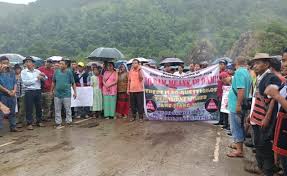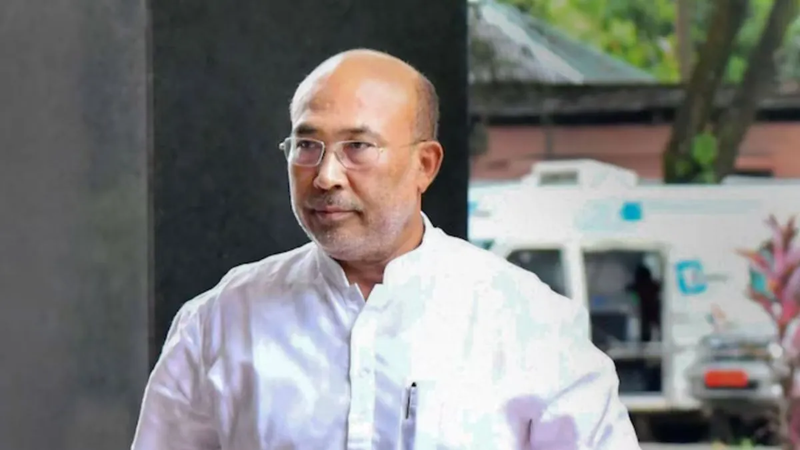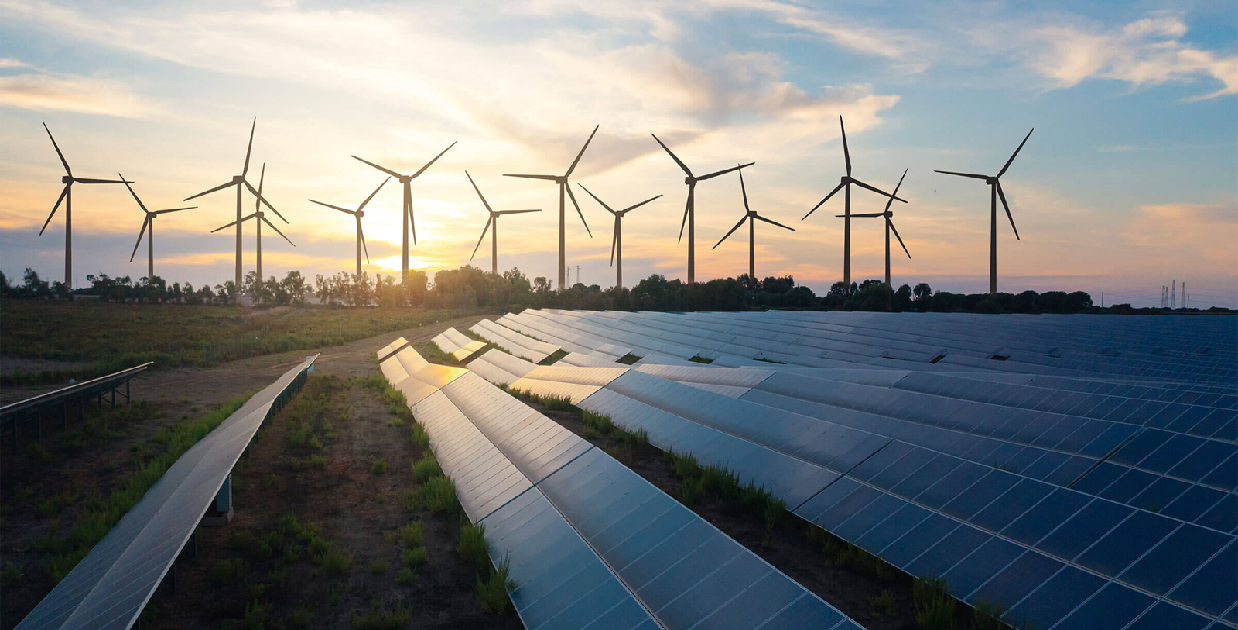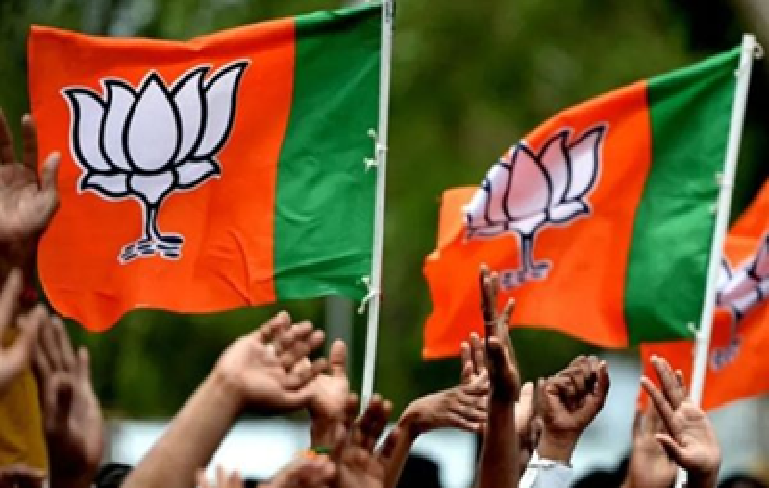
Siang Project: Indigenous sentiments can't be ignored
On August 31, a demonstration was held in Siang District, led by farmers, students, and Indigenous communities opposing NHPC's aggressive surveying efforts for the Upper Siang Hydroelectric Project. Local residents criticize these actions asserting that they have not been properly consulted and consider them a blatant disregard of the Indigenous peoples’ right to free, prior, and informed consent (FPIC), as outlined in the United Nations Declaration on the Rights of Indigenous Peoples (UNDRIP), to which the Indian government is a signatory.
The National Hydroelectric Power Corporation's (NHPC) efforts at a survey are to utilise the Siang River for its Upper Siang Hydroelectric Project, a massive undertaking proposed with a capacity of 11,000 MW(11 GW). The government has been promoting such projects citing national development and security but would also like to counter China's influence in the region. China in its five year plan has conceptualised an ultra-mega 60 giga watt(GW) hydropower project on the Tsangpo River near Medog county in Tibet Autonomous Region(TAR) China, at the great bend, where the Tsangpo takes a sharp turn and enters India’s Arunachal.
If approved, the main dam would become the largest in the Indian subcontinent, positioning itself as a competitor to China's hydropower initiatives along the Tsangpo River, which flows through Tibet and Arunachal Pradesh. The Siang River, which traverses Southwest China, Northeast India, and Bangladesh, plays a crucial role in maintaining the regional ecosystem. But the local residents are not happy. The proposed hydropower project, they contend, also pose risks to local wildlife and habitats. Additionally, members of the Adi Indigenous community face potential displacement due to this project, endangering their way of life and cultural practices linked to the river, they say.
The Siang Indigenous Farmers Forum has submitted a rejection letter to NHPC, declaring that surveys or related activities for the Siang Upper Multipurpose Project should not proceed without the consent of the stakeholders and those affected by the dam. Clearly, the indigenous people of Arunachal are caught in the crossfire. While there is nothing wrong in implementing these projects which are considered necessary for national development and from a security point of view to counter China’s dominance in the region, local sentiments will also have to be taken into account so that their support is enlisted for such projects. The Indian government claims that the project will help in the energy transition towards non-coal and non-fossil fuel resources is perfectly justifiable.
But the administration’s moves in the tribal-dominated district have also triggered concerns because the Upper Siang project will reportedly require a go-ahead from the local gram sabhas under the Forest Rights Act, 2006. In a letter addressed to the NHPC’s Siang Lower Hydroelectric Project’s Pasighat-based General Manager (Civil), the indigenous farmer’s forum stated that no PFR survey or related activities should be carried out by the NHPC or any other authority/agency prior to submission of recommendation from the Siang Upper Multipurpose Development Committee (SUMDC) as well as consent of the stakeholders/dam-affected people. With the government appearing unresponsive to the affected villagers’ concerns, further protests are anticipated in the region, which has a strong history of opposing mega dams on the revered Siang River.
Those in power should also think of more sustainable, eco-friendly renewable energy projects to address India’s energy transition and meet net zero goals. Making tribals to agree to a mega hydropower dam in a seismically volatile and ecologically vulnerable biodiversity hotspot, will need a broad-based effort so that their unstinted support is secured. This seems to be the only way out to proceed with the project which no doubt, will help in energy transition but will have to be implemented by taking all on board and by not trampling on local sentiments.
 English daily published in Bengaluru & Doha
English daily published in Bengaluru & Doha






